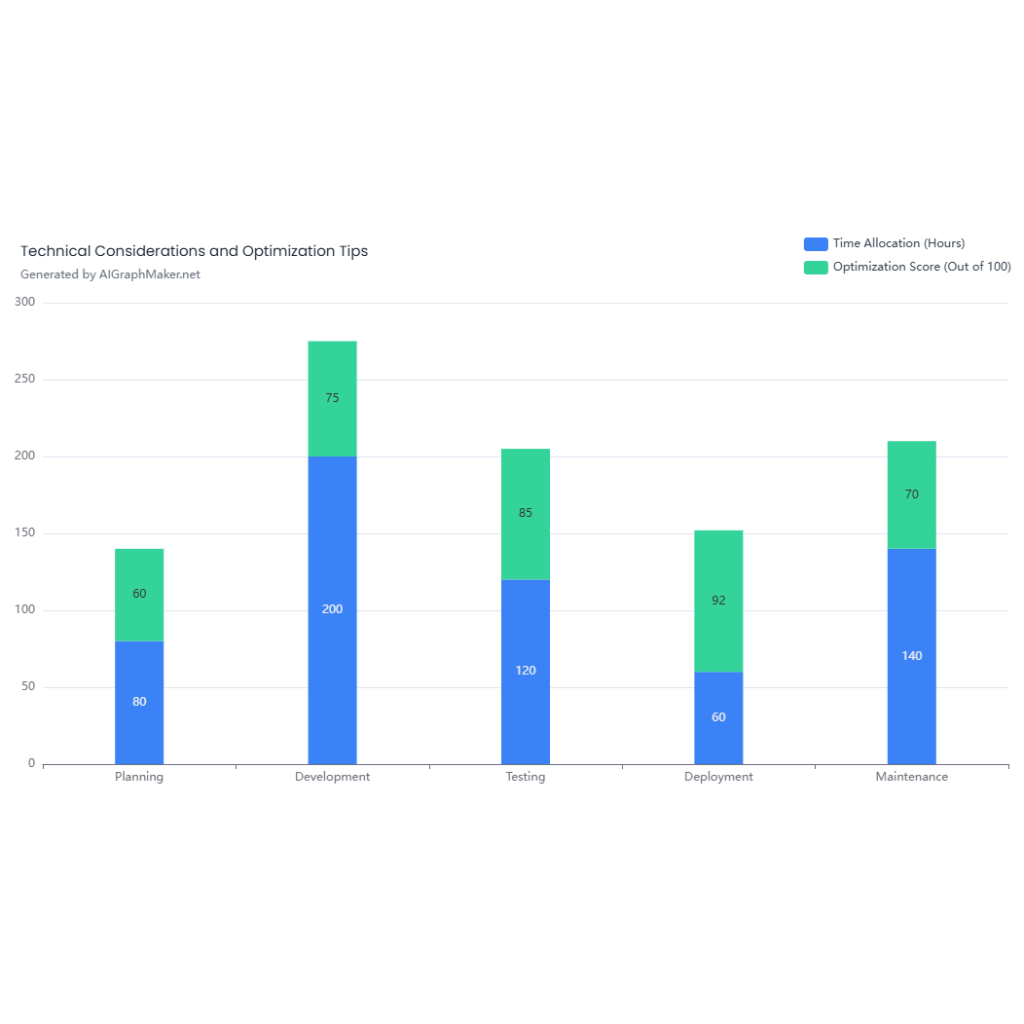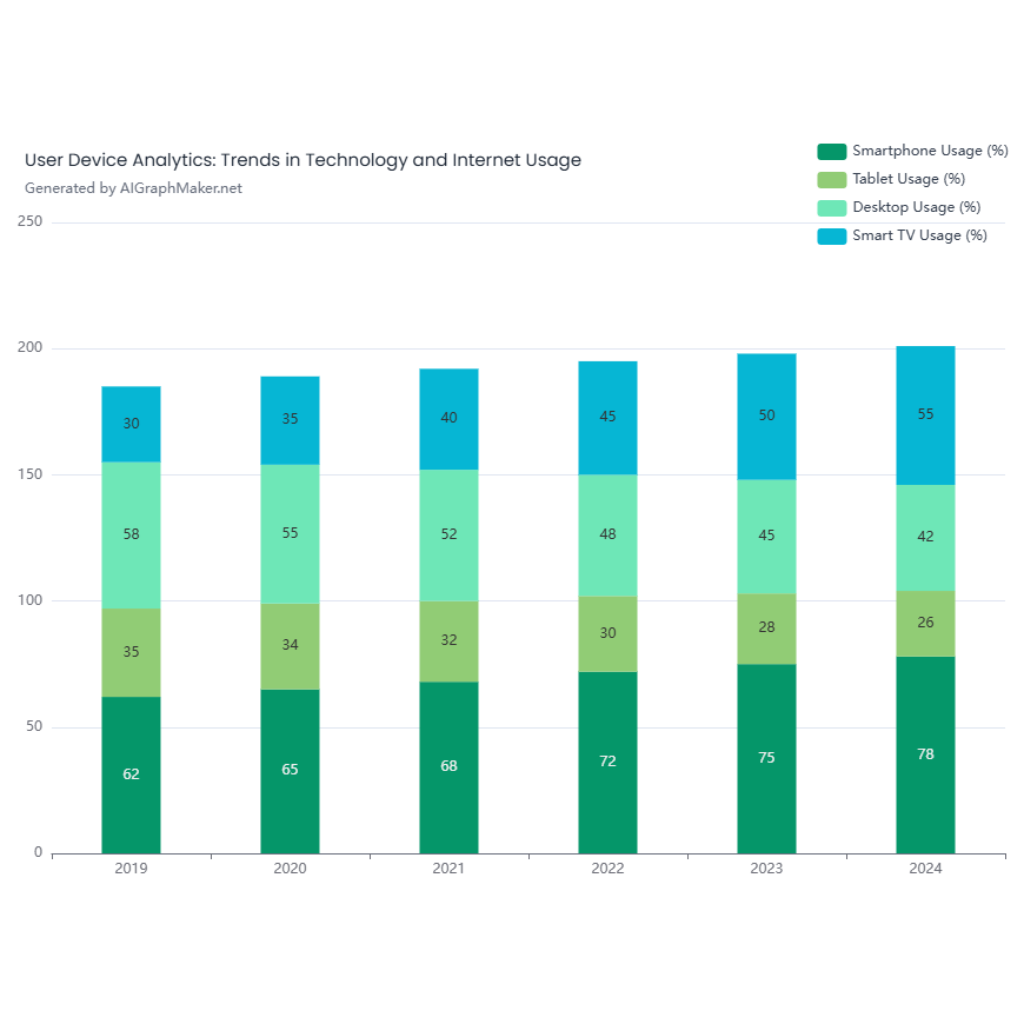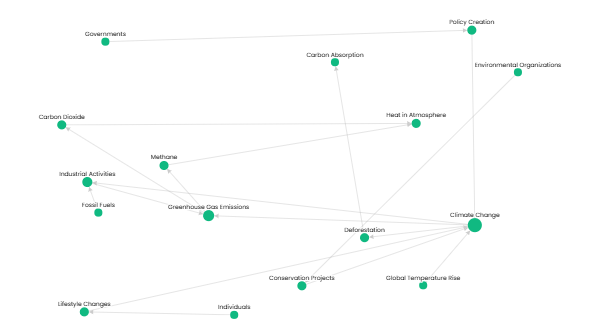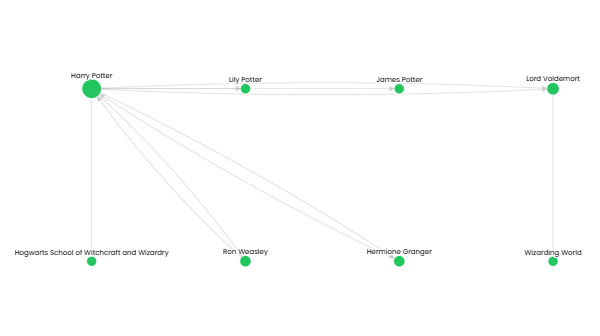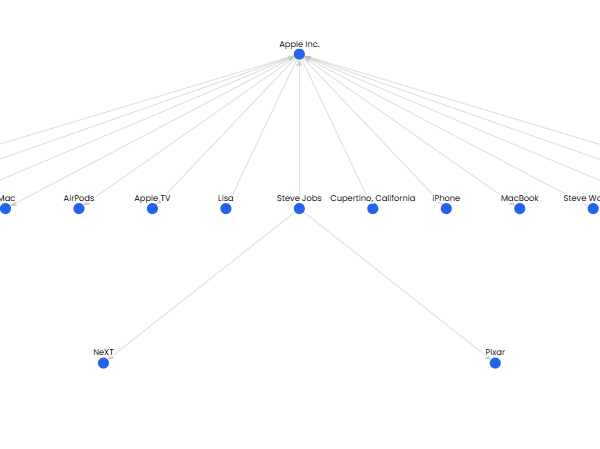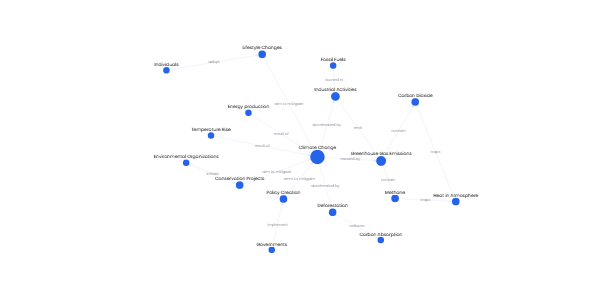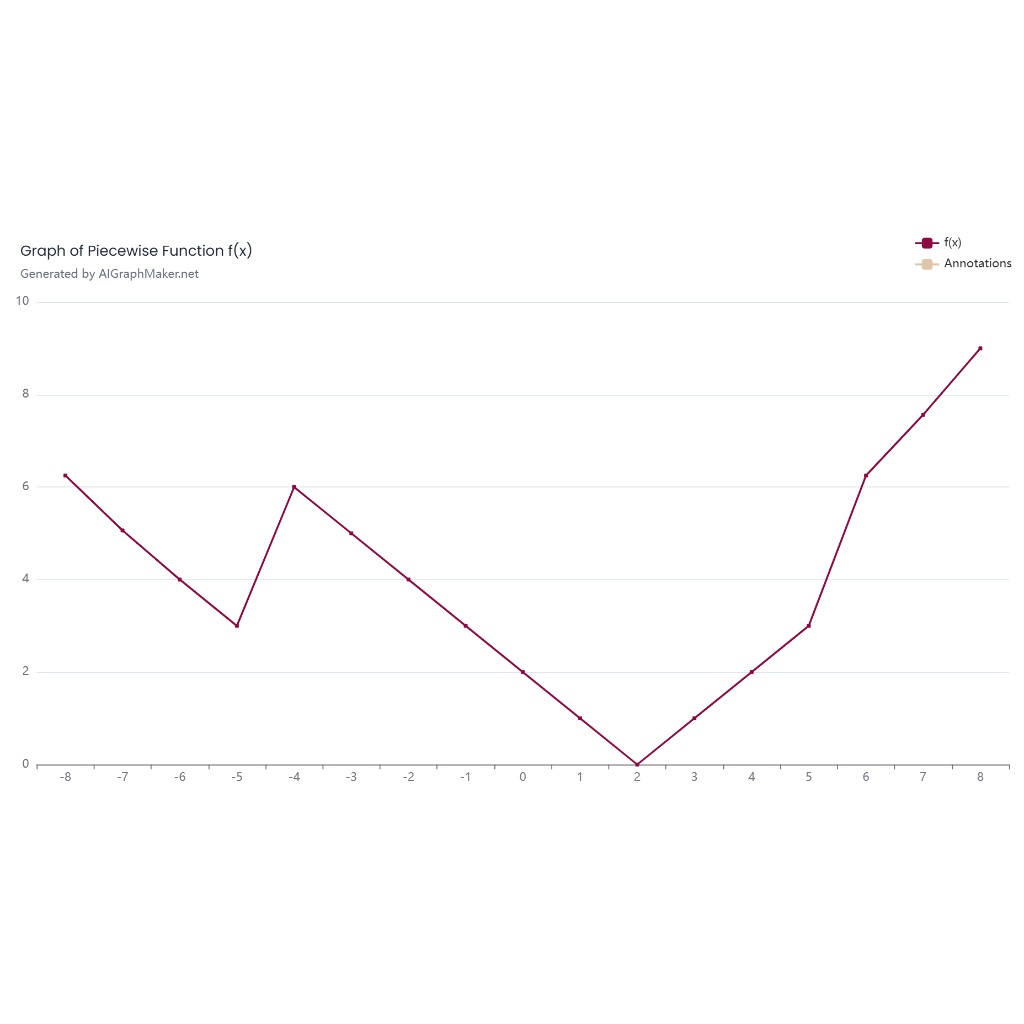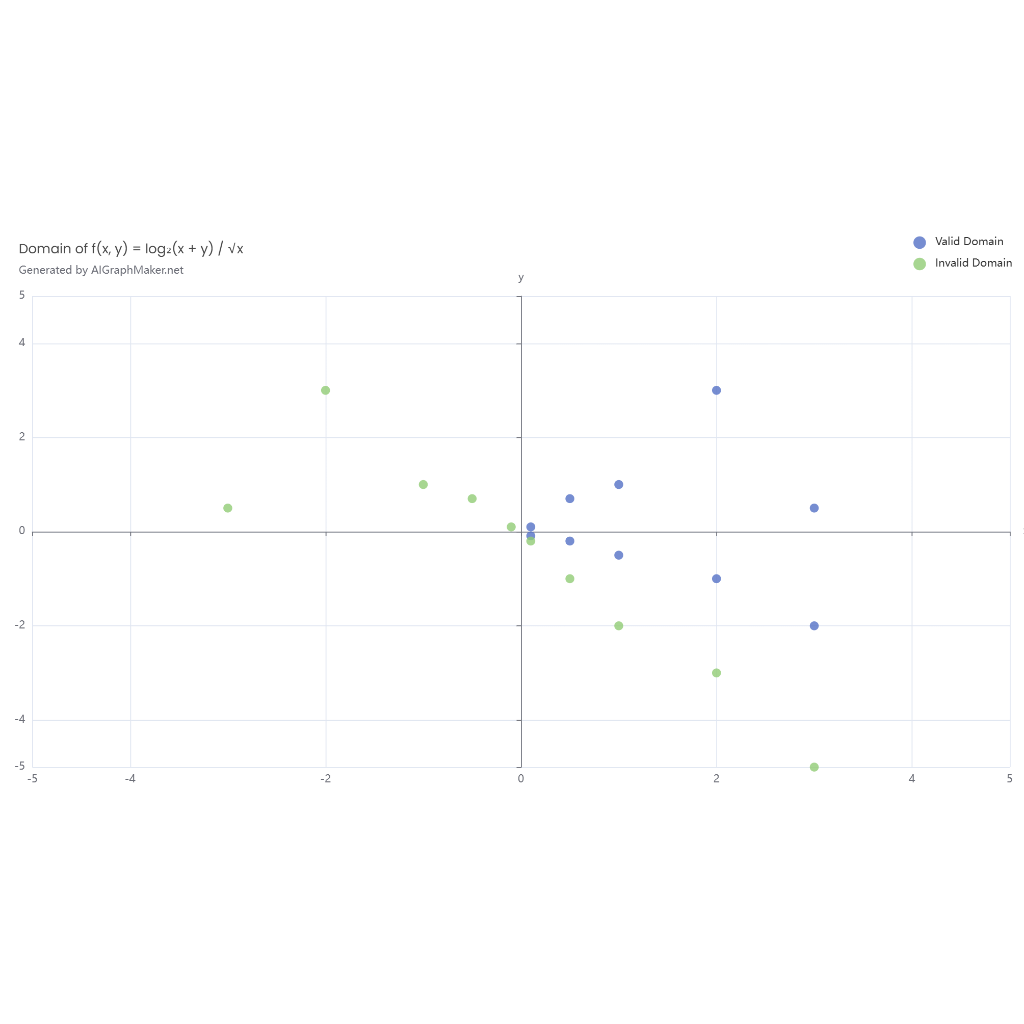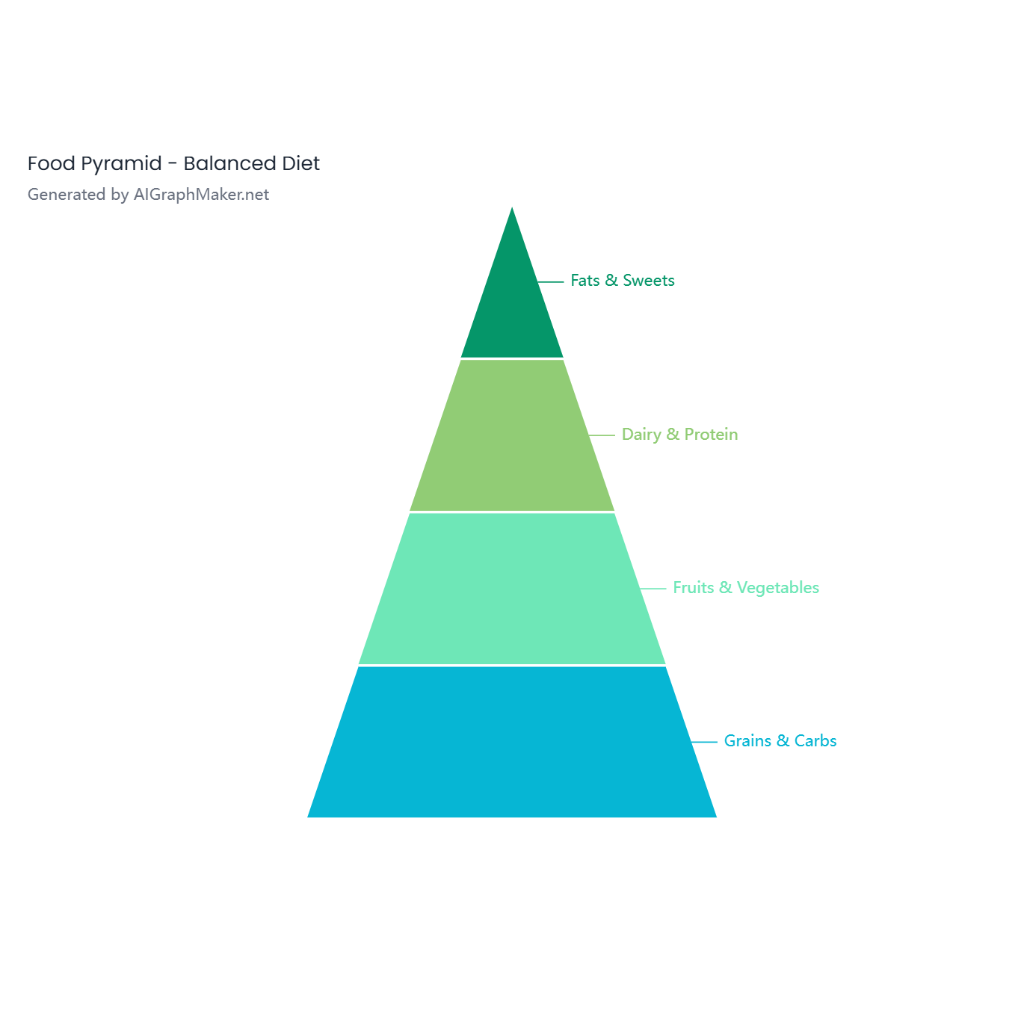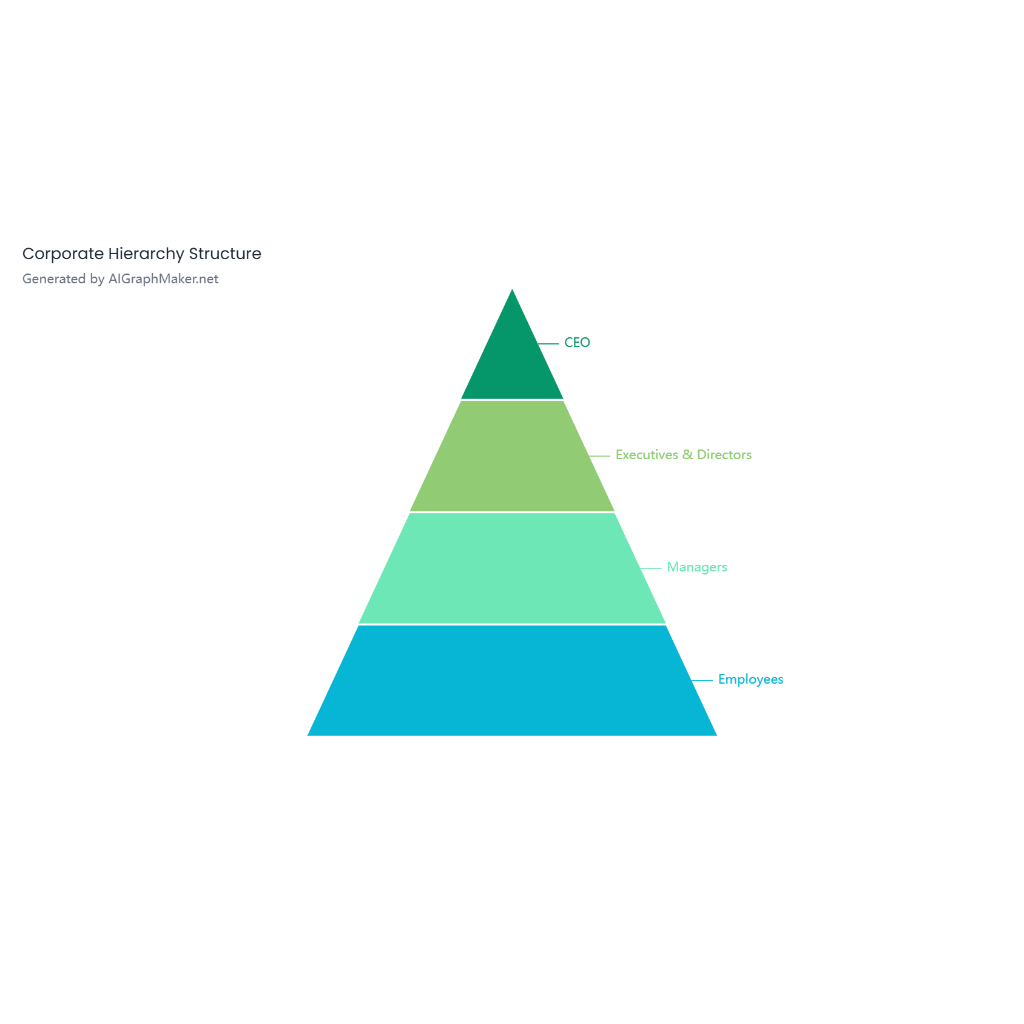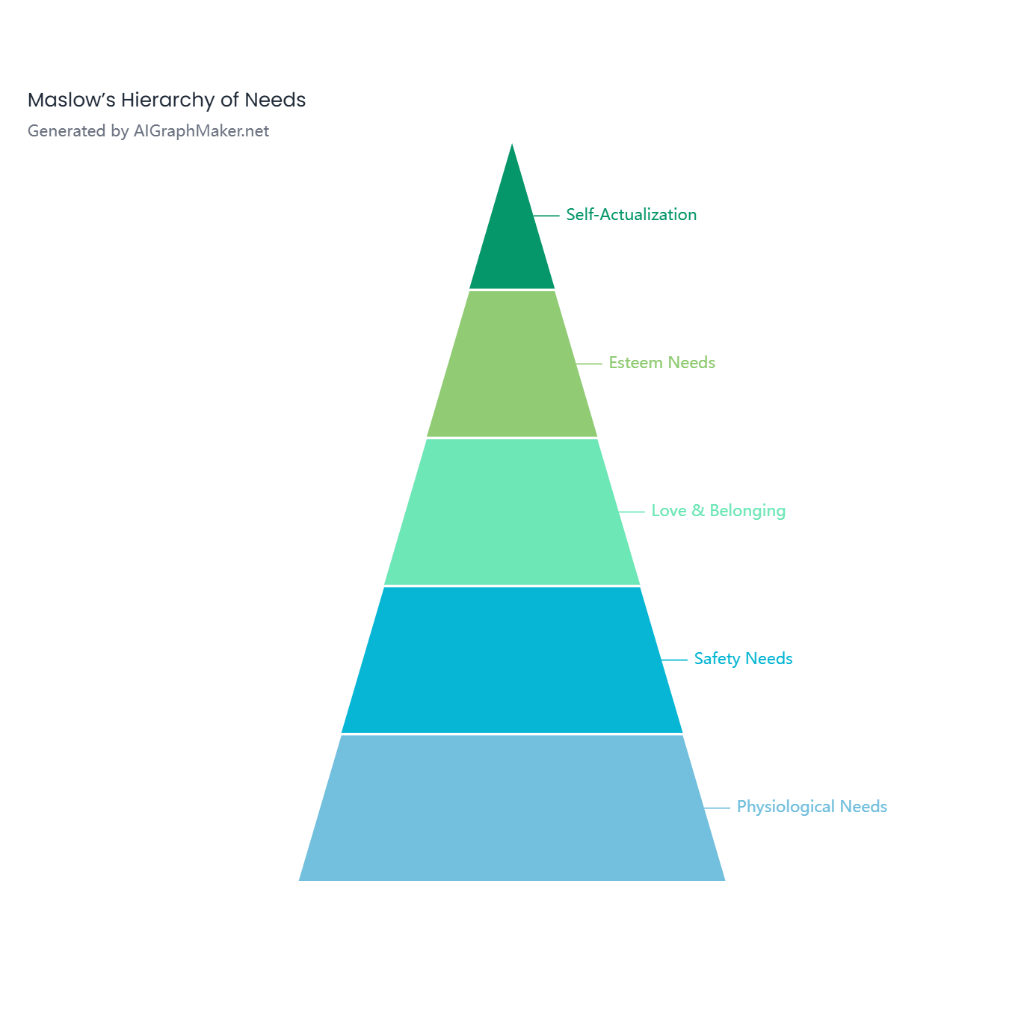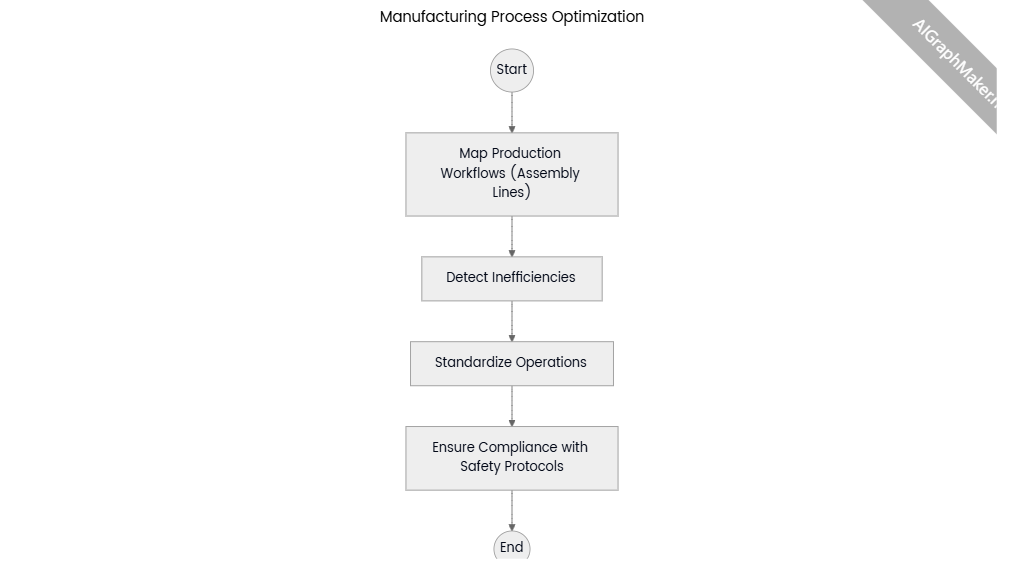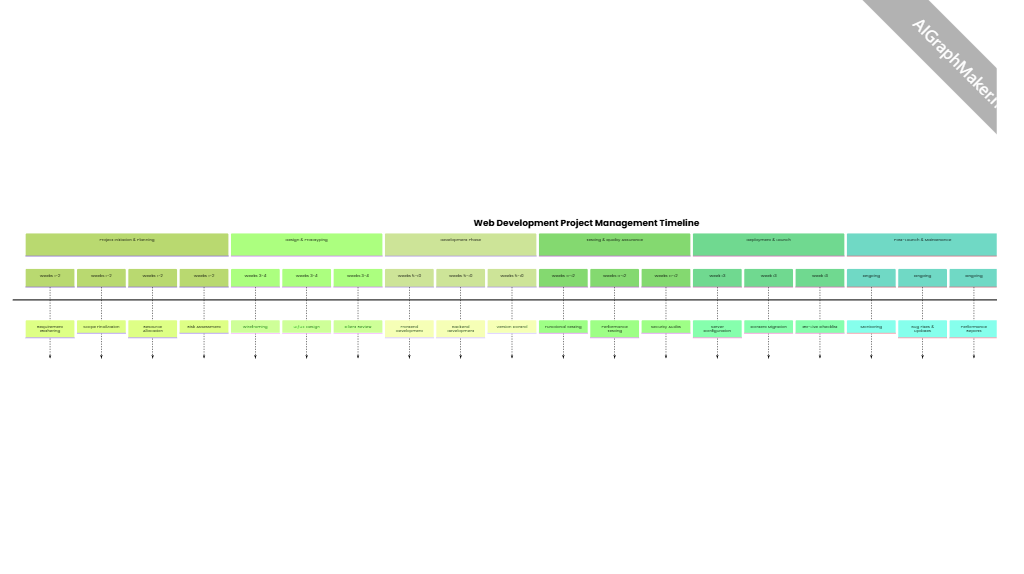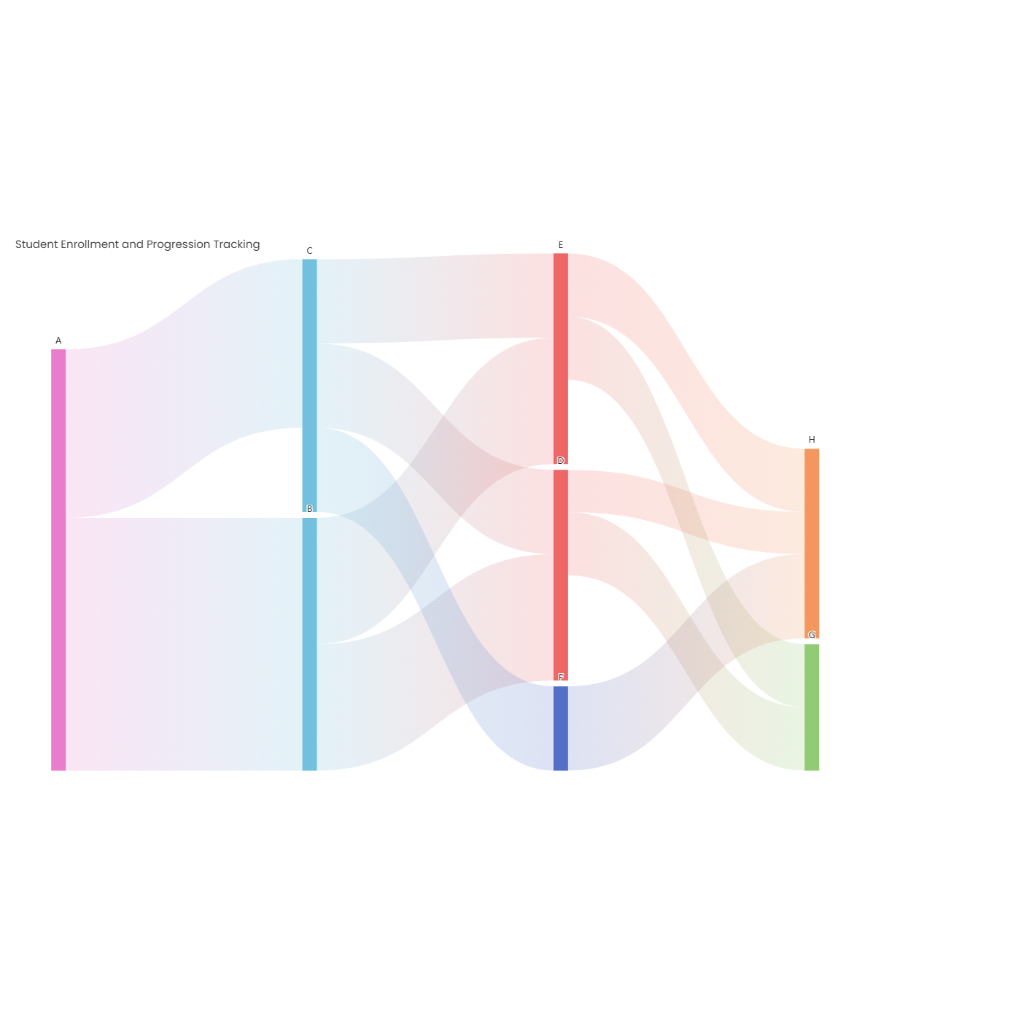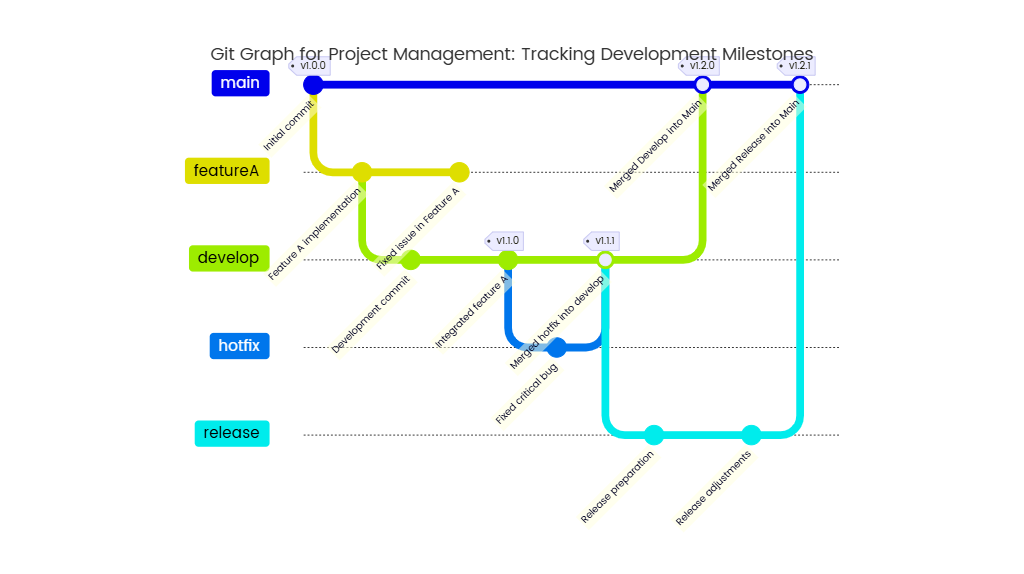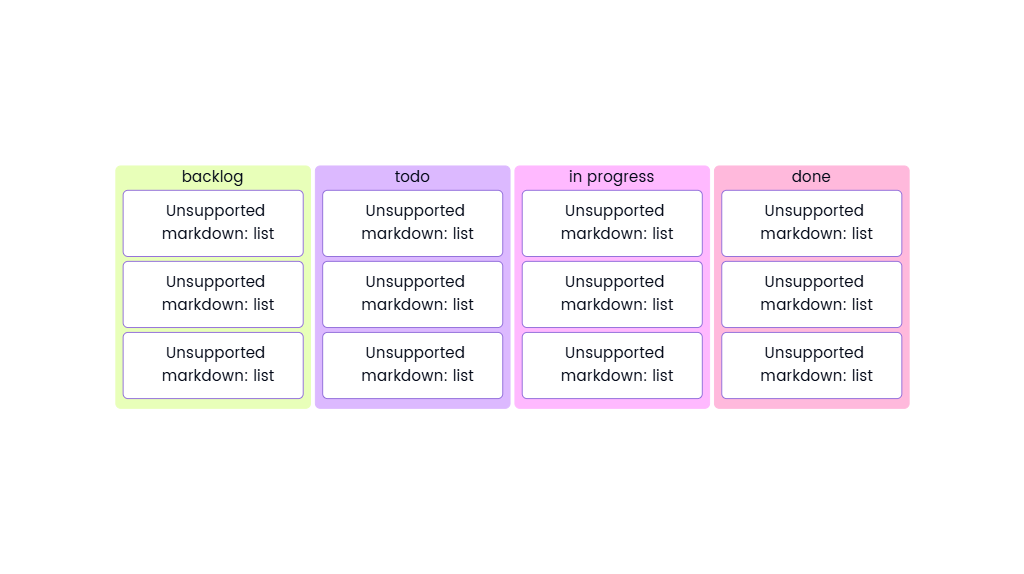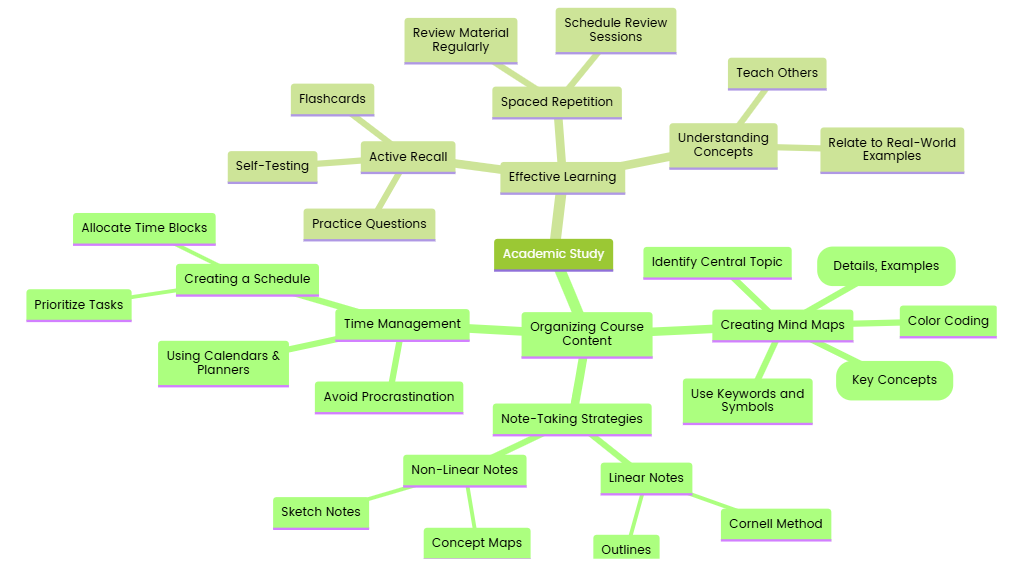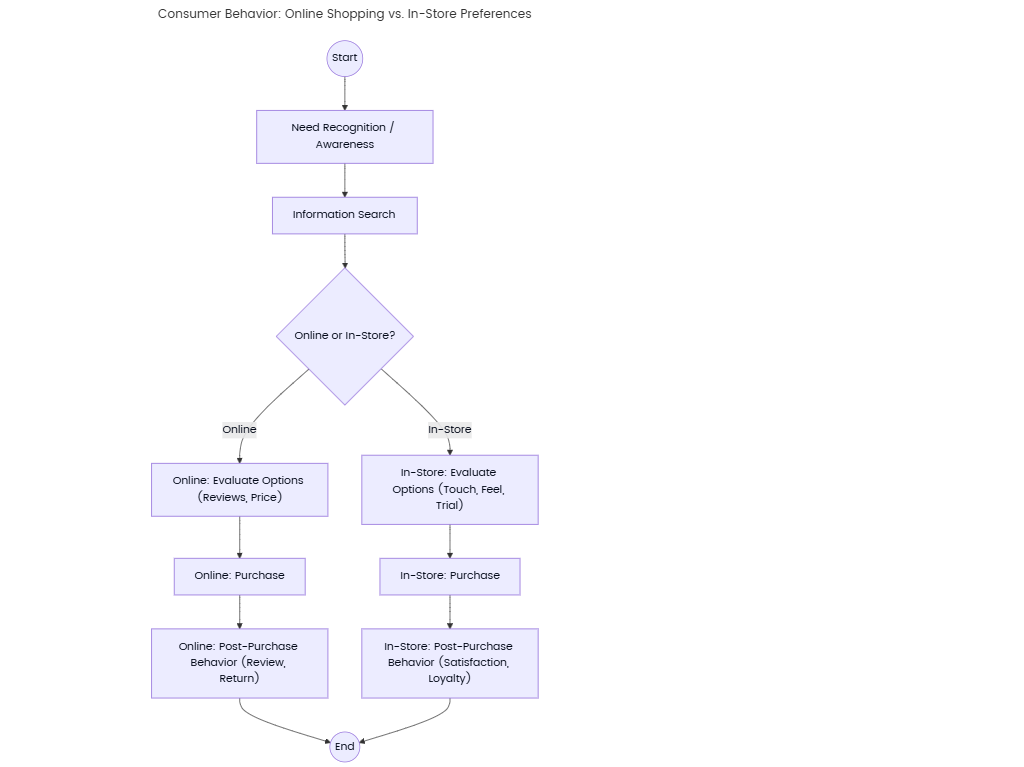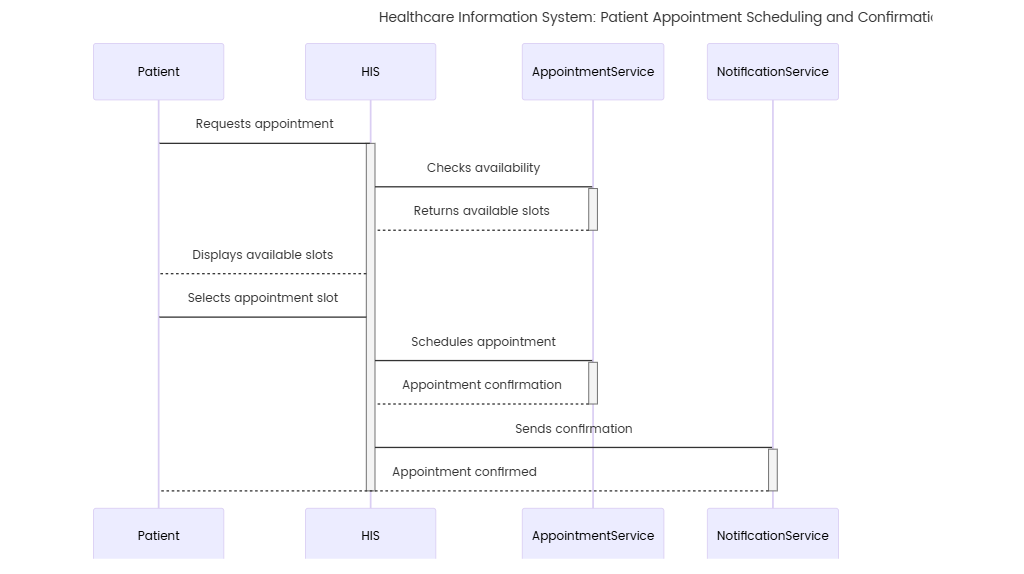Software Development Lifecycle (SDLC)
Visualize stages like requirements gathering, coding, testing, and deployment to align team workflows and identify bottlenecks
Description
The Software Development Lifecycle (SDLC) is a structured framework that maps out the stages involved in creating, maintaining, and evolving software. By visualizing key stages—requirements gathering, coding, testing, and deployment—teams can streamline their workflows and proactively identify bottlenecks.
During requirements gathering, stakeholders collaborate to define software objectives, functionality, and user needs. A clear understanding at this stage prevents rework later. Coding follows, where developers translate requirements into executable code, adhering to coding standards and best practices. Rigorous testing then validates the software’s functionality, performance, and security, catching bugs early. Finally, deployment makes the software available to end-users, accompanied by ongoing monitoring and maintenance.
Visualizing these SDLC stages helps align team efforts, ensuring everyone understands their roles and how tasks interrelate. It also exposes inefficiencies or delays, such as slow feedback loops during testing or unclear requirements causing coding errors. This visibility enables teams to address bottlenecks promptly, optimize processes, and deliver high-quality software on time.
